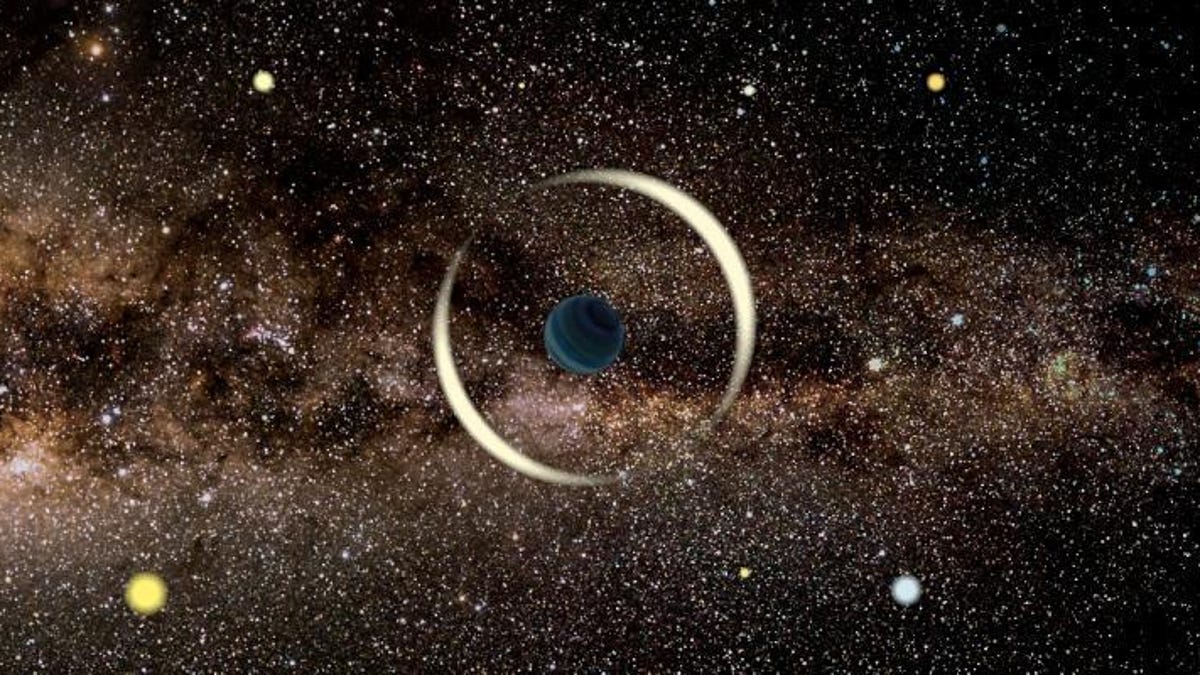This Earth-size rogue planet is a Milky Way maverick
It's not the Death Star.
Most planets play by the rules. They orbit a star. They're predictable. Steady. The kind of planet you bring home to your parents. But some planets are free thinkers and a team led by astronomers at the University of Warsaw has found a particularly wild one forging its own path out in our Milky Way galaxy.
The exoplanet (a planet outside our solar system) doesn't seem to be tied into a regular orbit around a star, making it an exceptionally rare find.
The researchers announced the discovery of "the smallest Earth-sized free-floating planet found to date" in a statement last week and published a paper in The Astrophysical Journal Letters. We've seen evidence of rogue planets before, but none this petite.
The exoplanet's size, properties and path meant it couldn't be detected by our usual planet-spotting tricks. Instead, the researchers harnessed the power of gravitational microlensing, a technique inspired by Albert Einstein's theory of general relativity. Astronomers can use the gravity of space objects like stars as massive magnifying glasses, letting us see far and deep into space.
A NASA video explains the concept as it applies to rogue planets.
The University of Warsaw's OGLE survey is staring out at space looking for microlensing events among hundreds of millions of stars. In this case, the rogue planet passed in front of a star, causing a brief deflecting and focusing that triggered a noticeable brightening of the star as seen by a telescope on Earth.
"Microlensing events attributed to free-floating planets have timescales of barely a few hours," said the university. "By measuring the duration of a microlensing event (and shape of its light curve) we can estimate the mass of the lensing object." The team spotted the Earth-size rogue planet through a microlensing event (formally called OGLE-2016-BLG-1928) that lasted a mere 42 minutes.
The planet would have formed like any other, but was later kicked out of its solar system through interactions with other planets or space objects. Rogue planets like this could give us insights into the early days of our own system.
Astronomers would love to figure out how common small rogue planets might be. This one may be just the tip of a cosmic iceberg. We should learn a lot more once NASA's Nancy Grace Roman space telescope goes into service in the mid-2020s. Until then, we can celebrate the discovery of a spacefaring free spirit that reminds us (just a little bit) of Earth.


